There’s tremendous demand for landscape-scale water conservation projects that involve farmers, ranchers, urban communities, and sportsmen—now, the program that makes these projects possible could see a boost in the 2018 Farm Bill
The Senate has passed its version of the next five-year Farm Bill with bipartisan support for conservation programs that boost America’s rural economies. There’s a lot to like in the bill, but for those of us watching drought conditions worsen in the West, one provision stands out.
The Senate Farm Bill would improve and expand the Regional Conservation Partnership Program, which encourages farmers, ranchers, sportsmen, and others to work together to improve watersheds on a landscape scale. This program has already been used everywhere from the Chesapeake Bay to the Columbia River to build resiliency in the face of pollution and drought.
The RCPP program has been wildly popular in agricultural communities, but it’s easy to see how sportsmen and women also benefit from these multifaceted projects. Here in Colorado, RCPP funding went toward improving the river in a way that helped to solve a water battle with cities east of the Continental Divide and allow ranchers to draw water into irrigation structures. But, at the same time, the project improved river flows and fish habitat in the Colorado River’s gold-medal trout fishery. Another RCPP project in our state will help ranchers conserve water while improving conditions for trout in the Gunnison River.
Better fishing and bigger outdoor recreation business is easy to describe to lawmakers who have the fate of RCPP in their hands. That’s why the TRCP brought hunters and anglers from Arizona, Colorado, and Wyoming up to Capitol Hill this spring to talk to decision makers about the local benefits of landscape-scale conservation through RCPP. Here are the stories they shared.
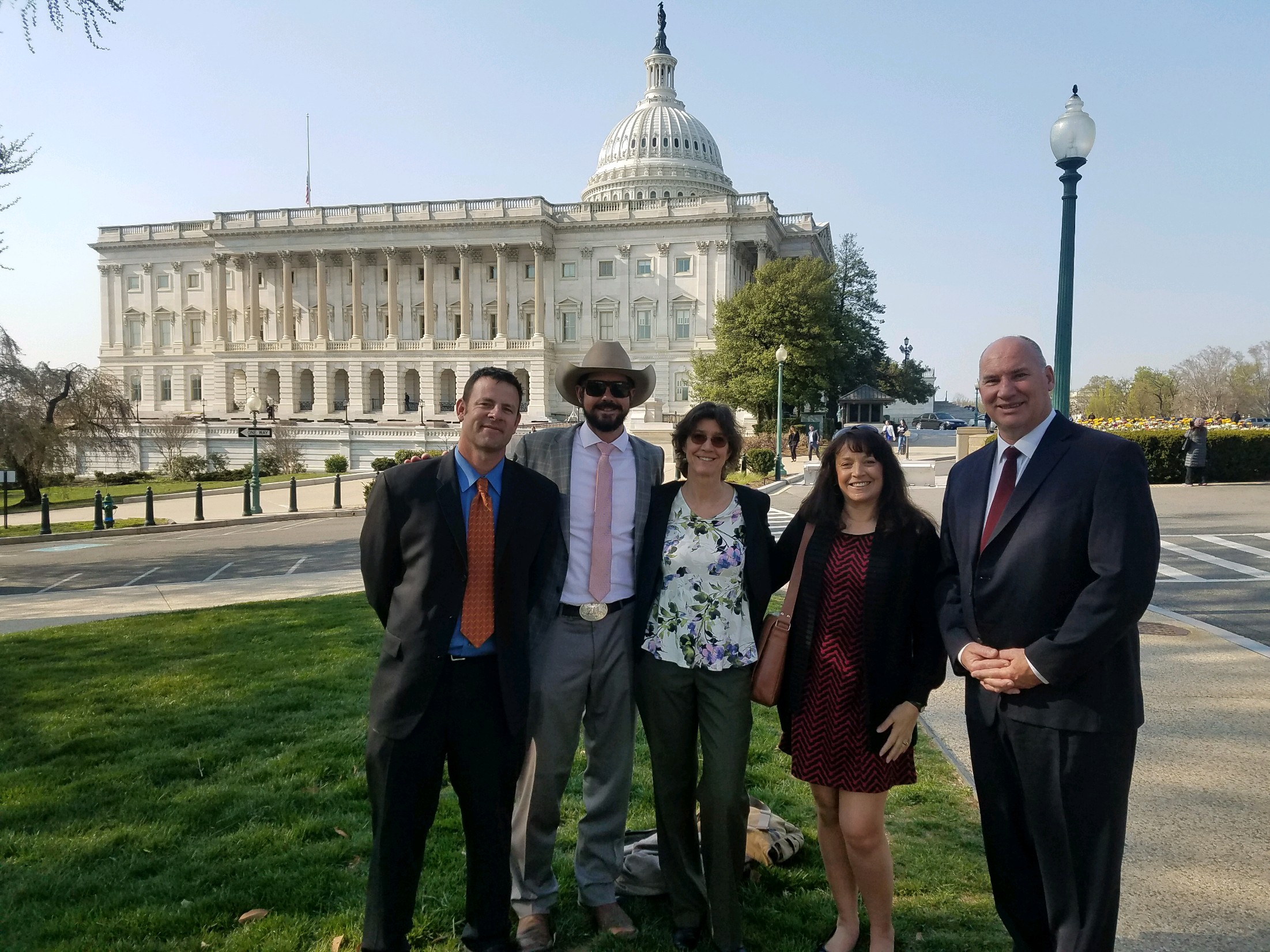
The Economy-Savvy Rancher
Gib McKay, whose family owns Babbitt Ranch in Arizona, described educating Congressional staff and elected officials as a powerful responsibility. “Our job was to make sure that more than a select few people understand the urgent need for water solutions in the West,” he says. Local outdoor recreation businesses can only thrive if anglers and paddlers having suitable access to healthy waterways, and as a rancher, McKay knows too well just how critical it is to efficiently use surface and groundwater drawn from the river and shared with other Colorado River Basin states, especially in years with low snowpack.
“We work every day to ensure this limited water supply is not finite,” he says. “The Colorado River is our lifeblood and the indispensable resource that allows us to continue our stories. To conserve and care for the river is not just what we should do, it is what we must do.” And RCPP ensures that no one group has to do it alone.
The Trout Specialist
Also in our delegation was Mely Whiting, one of the architects of Trout Unlimited’s Colorado Headwaters Project, which used RCPP funds to divert warm, silty water away from the Colorado River’s gold-medal trout stream and into a bypass channel. She explained to lawmakers that this project helped the region’s warring water interests to forge an important partnership, bury the hatchet, and improve fishing unlike any other single effort.
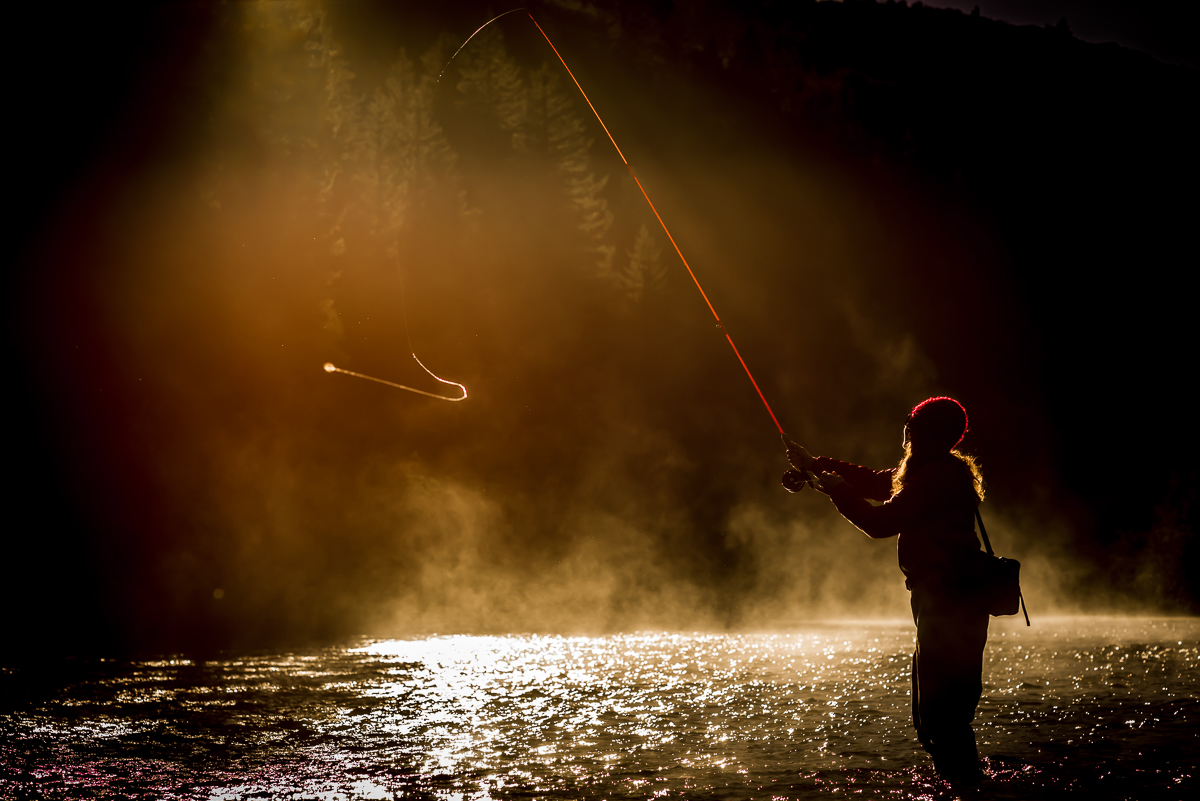
The Cowboy Fishing Guide
Paul Bruchez, a fishing guide and fifth-generation rancher with property that borders the Colorado, spread his message in a cowboy hat and suit. He described how the Colorado Headwaters RCPP project will help his family and their neighbors enhance irrigation practices, while strengthening the river banks and improving river flows—which is also great for his fishing clients.
“The RCPP program has allowed my family and neighboring families to comprehensively and collaboratively address the water resource problems that affect our ranches in the headwaters of the Colorado River,” says Bruchez. “These issues are too big for one ranching family to tackle. In fact, they are too big for any one sector of water users to solve. But combine 11 ranching families with conservation organizations, Front Range water providers, state and local governments, agricultural associations, and others, and we have been capable of results that would have been unheard of just ten years ago.” This is the power of the RCPP program—it creates a framework for collaboration and partnership around shared goals.
The Fly-Inspired Veteran
Finally, decision makers got a dose of inspiration from Jim Kuhns, a disabled veteran who learned to fly fish as part of his rehabilitation and liked fishing so much he started his own organization to give other vets the chance to build rods, tie flies, and experience the zen of casting. For Kuhns, fishing on streams improved by the Colorado Headwaters Project, as well as RCPP-funded projects in his home state of Wyoming, is a privilege. “I thought the D.C. decision makers we visited listened to our stories and let us know they appreciate our work to help veterans and improve the Colorado River.”
Their support for RCPP in the next Farm Bill could help other interested groups improve watersheds across the country.
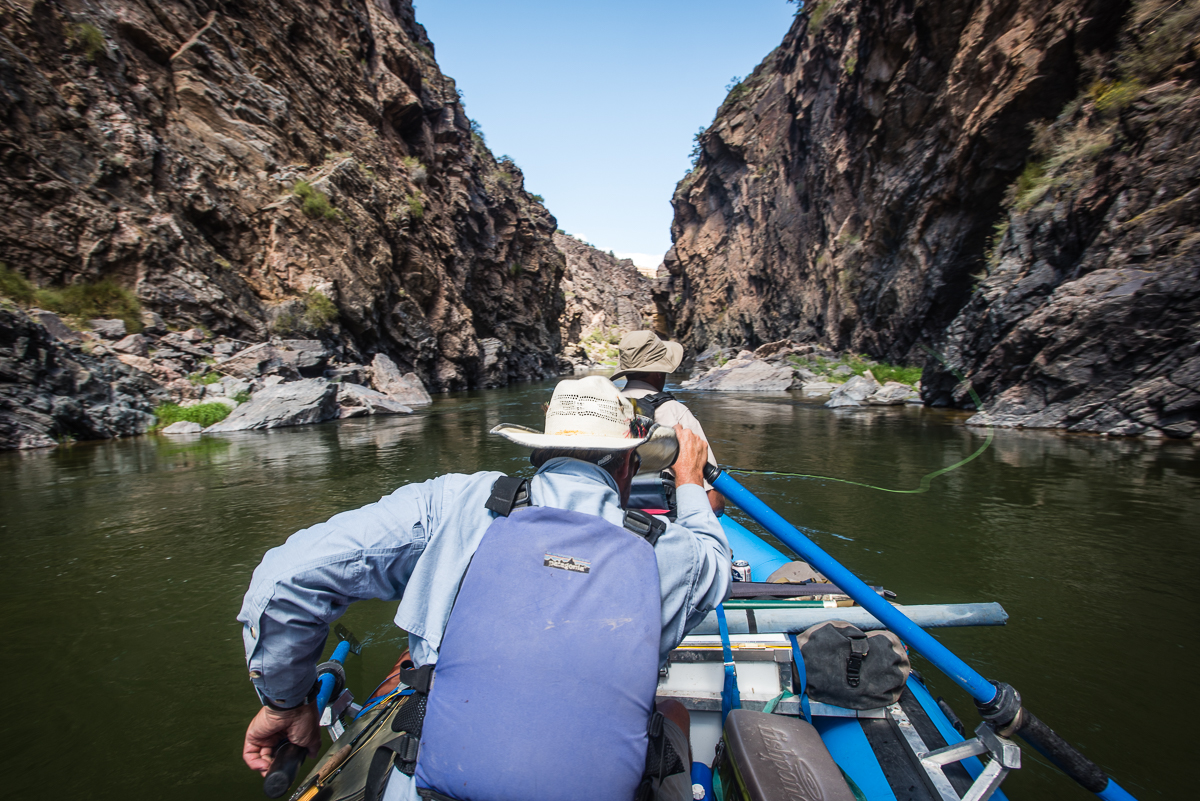
Farm Bill Next Steps
Though the House and Senate versions of the Farm Bill vary greatly, both chambers have shown confidence in the Regional Conservation Partnership Program by enhancing program funding and flexibility, even though the administration has proposed eliminating RCPP in its last two budget proposals.
After the Senate floor vote on the Farm Bill this week, Congress will meet in conference to work out the differences between their two bills. The product, we hope, will contain the very best conservation provisions for water quality and quantity, sportsmen’s access, and habitat improvements on private land before arriving on the president’s desk.
With the current Farm Bill set to expire on September 30, the pressure is on. But this is also an opportunity to make programs like RCPP work even better for sportsmen and women—we can’t afford to miss it.
Click here to learn more about TRCP’s Farm Bill platform and activities.
Top, second, and last photo courtesy of Russ Schnitzer, Schnitzerphoto.
Editor’s note: This post was updated after the Senate vote to advance the Farm Bill.

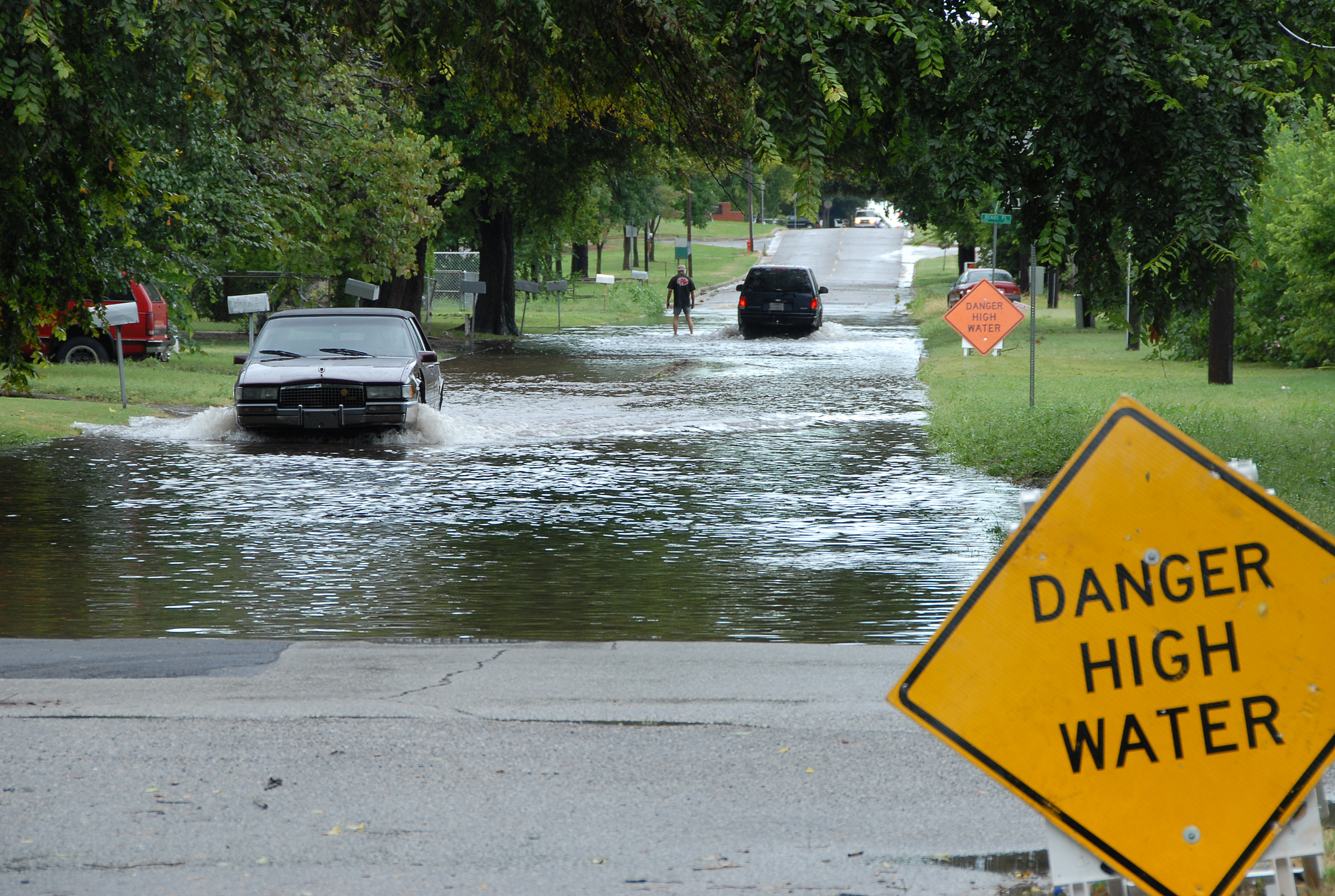
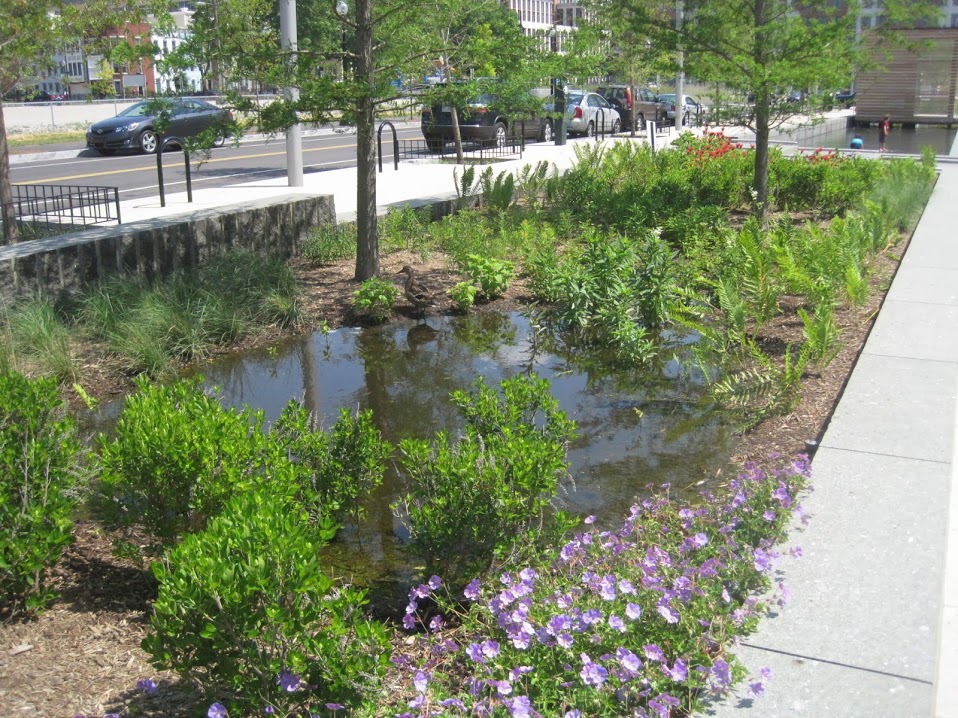
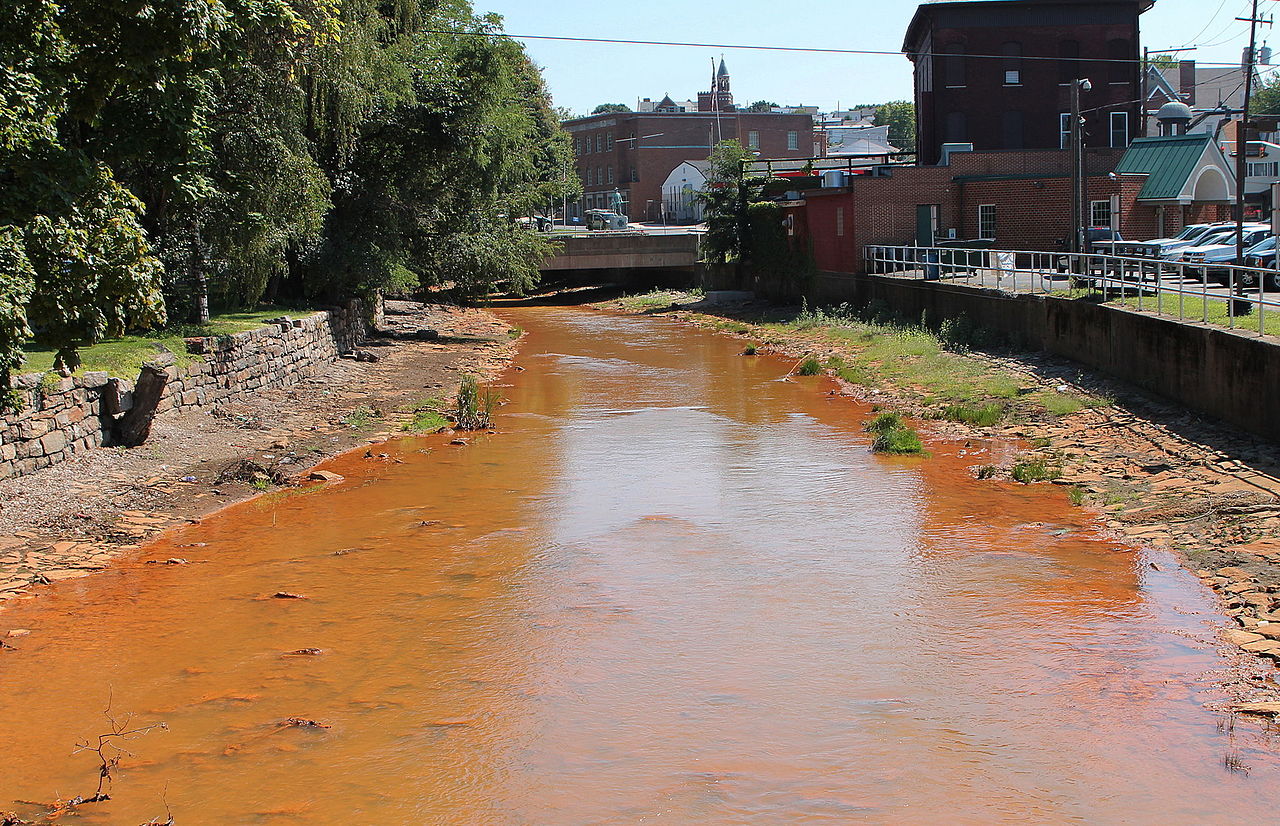
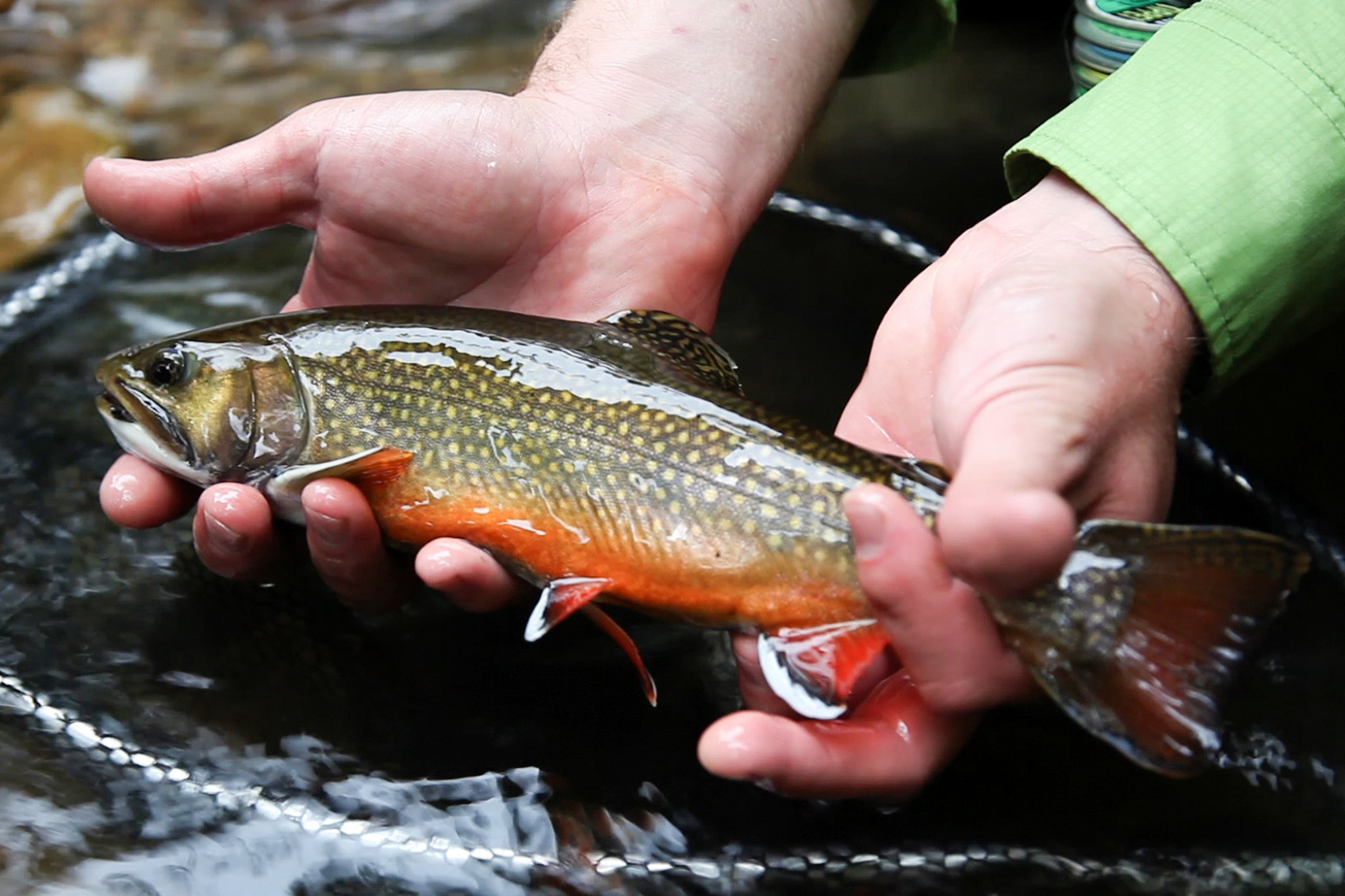
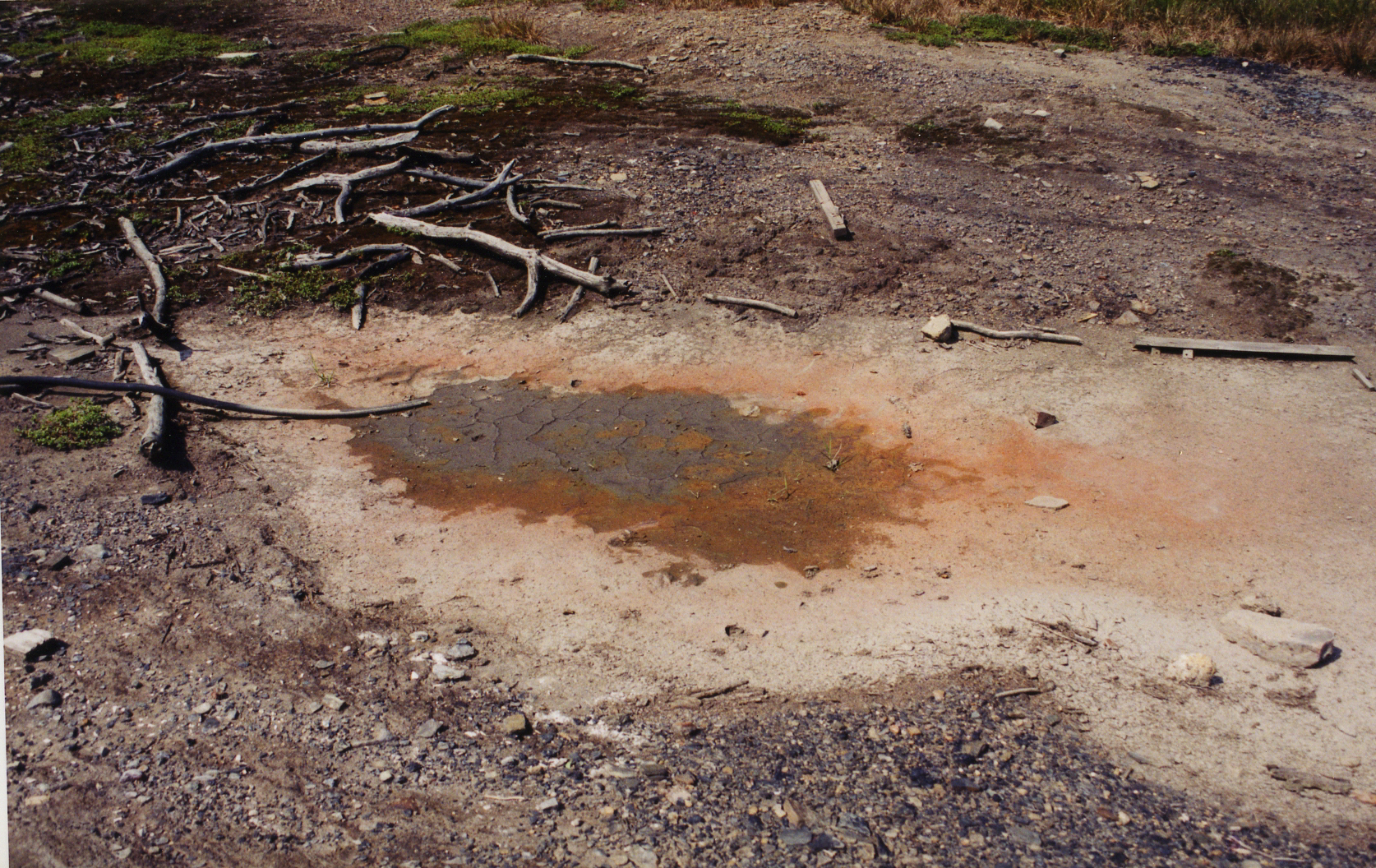




A great story about maximizing the long term value from a natural resource. Landscape scale conservation projects never easy, but can have a huge positive impact on all stakeholders. I really appreciate the differing perspectives of those that took the time to help our elected officials understand what the RCPP can lead to.